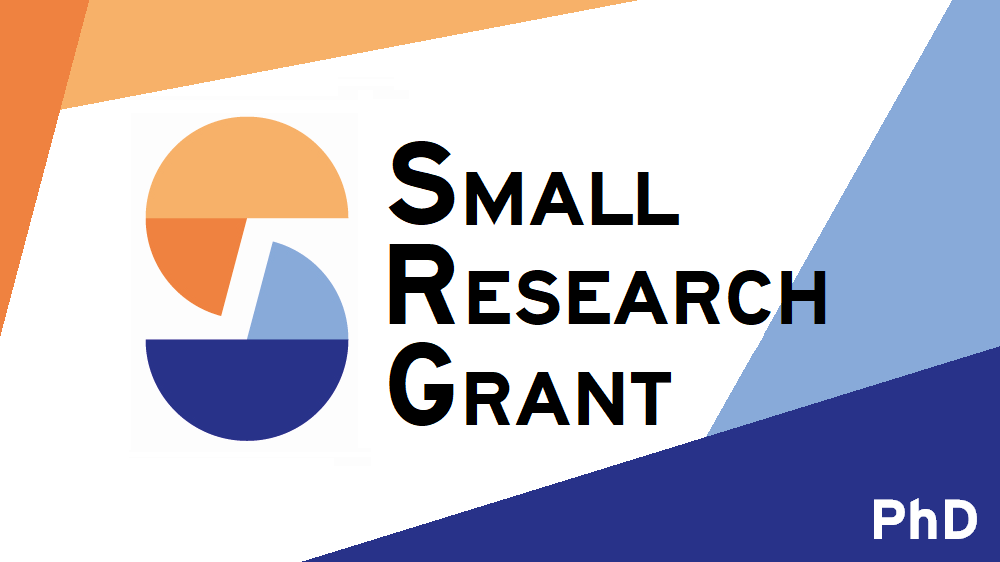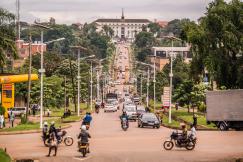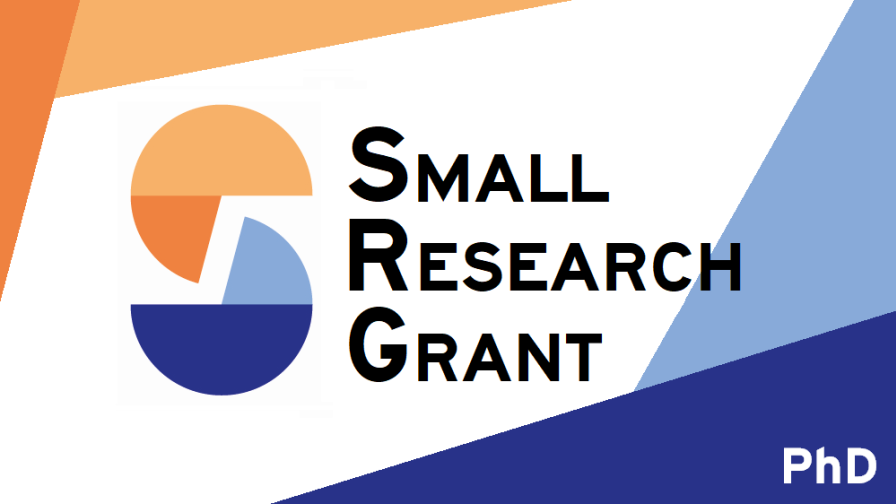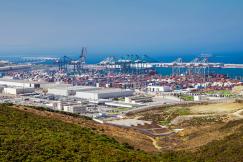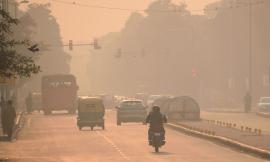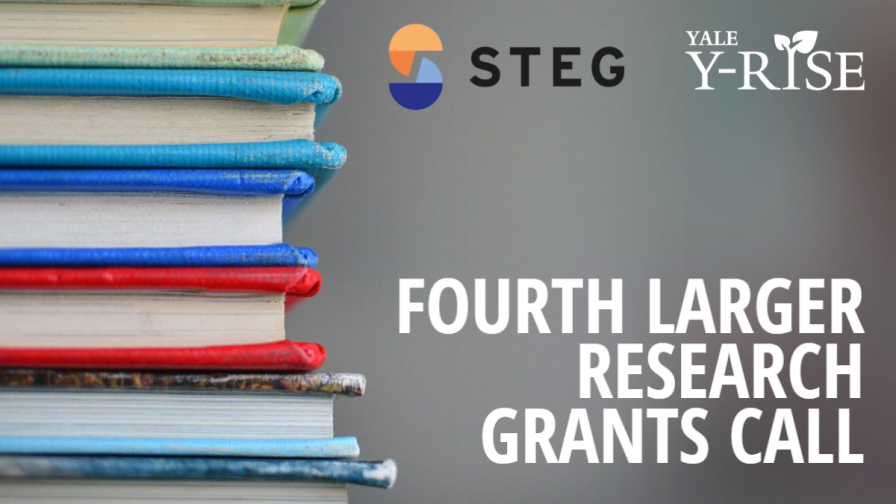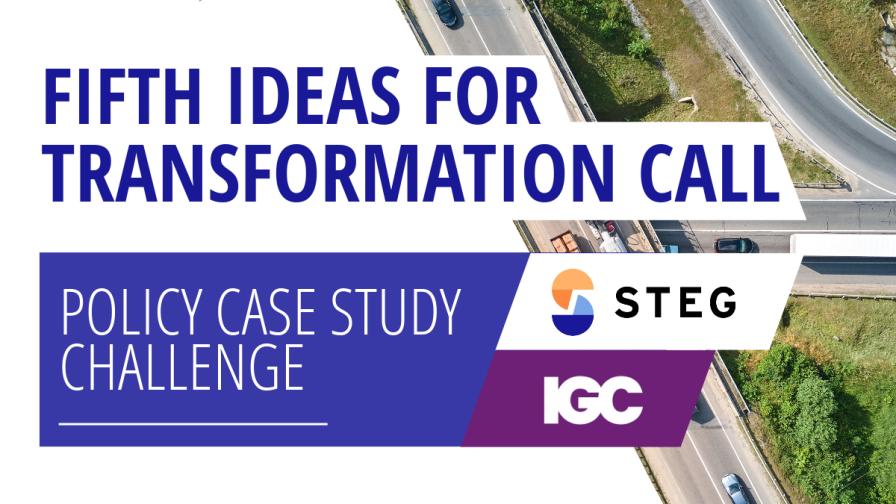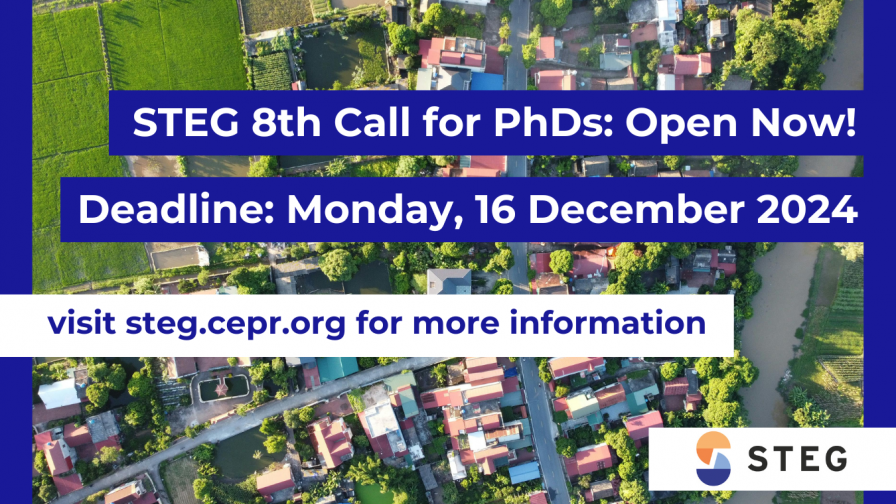Billions of dollars are spent every year on transportation infrastructure projects in the world, with a focus on low-income countries and their fast growing cities. However, returns on these investments are constrained by the government’s inability to secure the underlying land owned by private landowners without delays. These delays may result from low initial compensation offers, owners’ potential monetary gains from negotiation and legal claims. This project focuses on ongoing road improvements in Kampala, Uganda’s capital city. The research team studies how delays and land acquisition costs shape the location and amount of upgraded roads, and in turns, city-level welfare.
To answer this question, the research team first estimates the returns to road improvements by combining several novel datasets and a quantitative spatial model. The team measures the direct effect of road improvement on traffic speed by leveraging the staggered rollout of road upgrades and Google Maps data. At the local level, they conduct a landowner survey to collect measures of local amenities, both environmental and traffic related, as well as property-level investments. To get at the city-level impacts, they construct a city-wide repeated cross-section of properties sold and rented by interviewing more than 300 real estate brokers about their past transactions. They then regress property values on a time-varying measure of local market
access (a structural object summarising locations’ exposure to road improvements) and obtain one of the first estimates of the elasticity of property values on market access in a SSA city.
Second, they characterise the land acquisition process with a novel survey of land and property owners whose property has been affected by a road improvement. They document that more than 20% of respondents attempted to negotiate for more than 6 months, leading to costly delays for the government. They investigate the drivers of owners’ propensity to engage in lengthy negotiations. To understand the potential for these land acquisition frictions to lead to misallocation of road improvements. They then formally model the interaction between landowners’ decision to delay, and the spatial returns of transportation infrastructure.
Finally, they conduct a series of counterfactual exercises to understand how policy-relevant rules may mitigate or amplify the welfare costs of inflated land-related. Such rules include, but are not restricted to, the local government’s ability to use external funds (from donors like the World Bank or the African Development Bank) not only for road construction but also land acquisition, as well as alternative procurement timelines to minimise the cost of delays.
